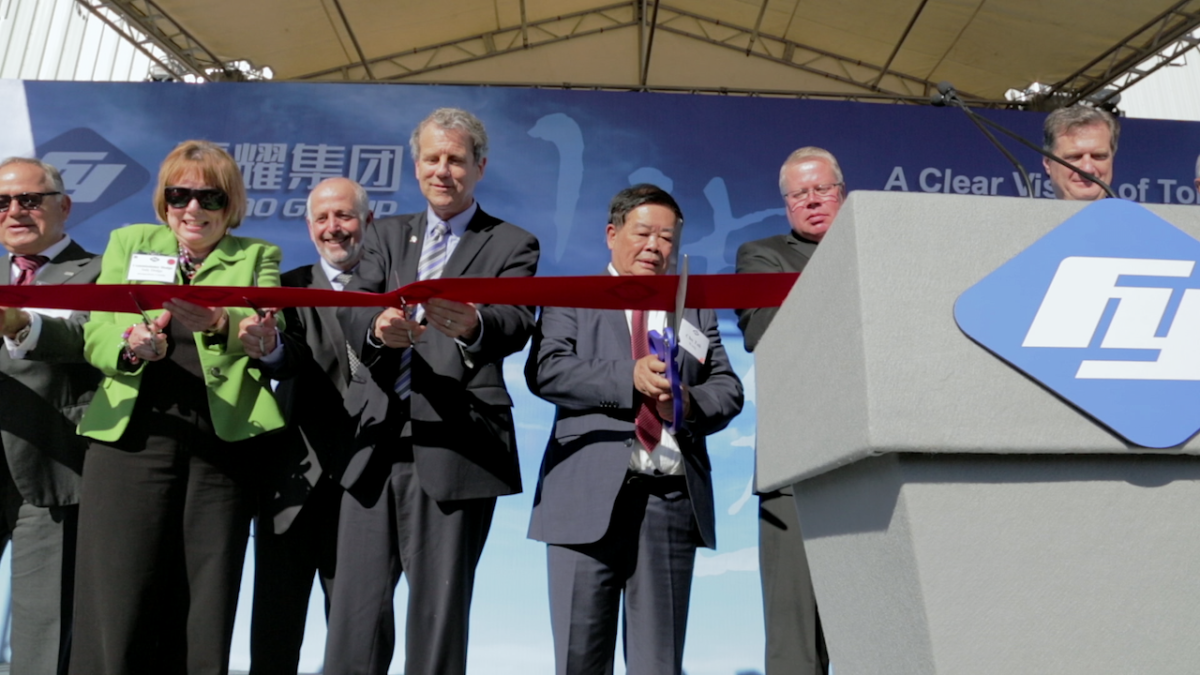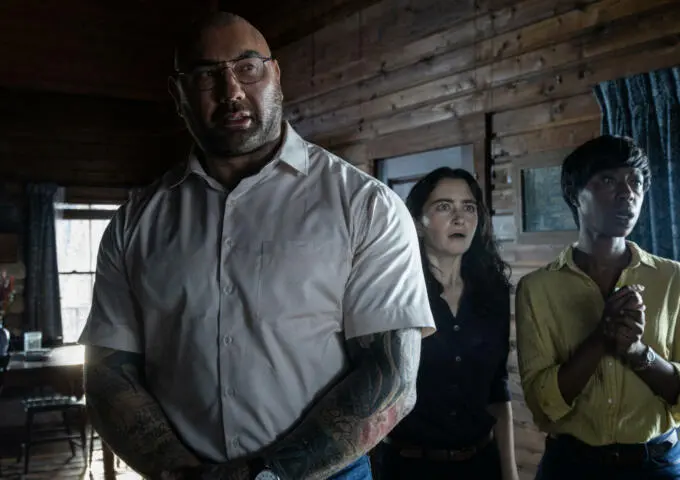When Barack and Michelle Obama announced last year that they were starting a production company called Higher Ground and using it to produce documentaries on Netflix, some detractors predicted that the former President and First Lady would use these films to advocate for pet political causes, or perhaps use hindsight to shed positive light on things No. 44 did while in office.
Now, “American Factory,” the first film from that deal, has arrived on Netflix, and it’s safe to say that it does neither. What it does is tell a fascinating story about America today, one that doesn’t fit so neatly into any ideological box. It also shows that when it comes to the questions of international competition, the hollowing-out of the industrial midwest and how to provide significant opportunities for low-wage workers, there are no easy answers.
“American Factory,” directed by the Ohio-native duo of Steven Bognar and Julia Reichert, tells the story of the time beginning in 2014 when a Chinese auto glass company called Fuyao re-opened a long-shuttered auto factory near Dayton.
This provided hundreds of jobs to American workers who were greatly in need, but it also set off a major culture clash. The company’s use of the type of customs traditionally used in Chinese factory settings — long hours, low pay, subpar safety standards and absolutely no unions — were resisted by the American workers at the plant, some of whom had been unemployed since the auto plant shut down in 2008.
The dynamic is something of a throwback to a brief period in the 1980s when it was feared that Japan was taking over American business, as satirized in the 1986 film “Gung Ho.” The film depicted the takeover of a Western Pennsylvania auto plant by a Japanese firm. “American Factory” also recalls another documentary about factories and the Midwest, Michael Moore’s “Roger and Me,” although Bognar and Reichart, unlike Moore, completely stay out of the way and don’t make themselves the story.
If nothing else, the film reveals that the business elite of supposedly communist China is among the world’s leading union busters. We see the ribbon-cutting at the factory’s opening, when Democratic Ohio Senator Sherrod Brown declares that he’s happy about the new jobs but also hopes that the workers can find a way to unionize — which leads to seething anger from the company executives, one of whom declares his wish to “take that big scissors [from the ribbon-cutting] and cut Senator Brown’s head.”
Also in the doc, there’s a scene where a top company executive threatens to pull the plug on the project if the workers unionize, and a recorded meeting with a representative of the Labor Relations Institute who urges factory workers to ditch the whole union idea.
The Obamas didn’t have anything to do with the project creatively. In fact, their company didn’t even come on board until after the film premiered at Sundance and was bought by Netflix.
So exactly how does the story told in “American Factory” figure into the legacy of Obama and the rise of Trump?
It’s clear that, while one could argue the why, how and where the blame belongs, life didn’t improve much in this region of Ohio depicted in the film, which depicts events that continued near the end of the Obama presidency. It also depicts a portion of Trump winning Ohio in 2016. However, it’s not like Trump’s current trade war with the Chinese or even the more traditional Republican idea that a factory owner should have the “free market” right to pay his workers next to nothing and not follow basic safety standards would have made this story — or life in general for labor workers — any better.
If Obama wanted to tell a China-related story that was more in line with his ideological priorities, he could have commissioned a documentary about Wisconsin and Foxconn. It would have been the tale that is Scott Walker, the state’s then-governor and self-described “fiscal conservative” who steered billions in state money to Foxconn, a breathtakingly evil Chinese manufacturing company with an extensive record of employee suicides. Neither the factory nor the jobs ever came to pass, and it was a story that featured all of the worst aspects of hackery, crony capitalism and government wastefulness.
But back to why we’re here. While it might not exactly be aesthetically groundbreaking, Netflix’s “American Factory” is still one of the better documentaries made this year.





